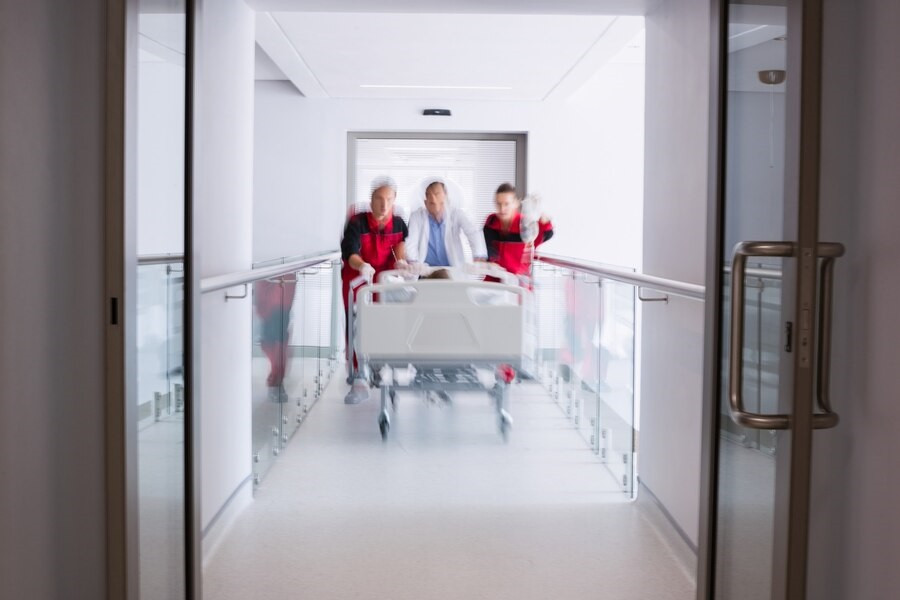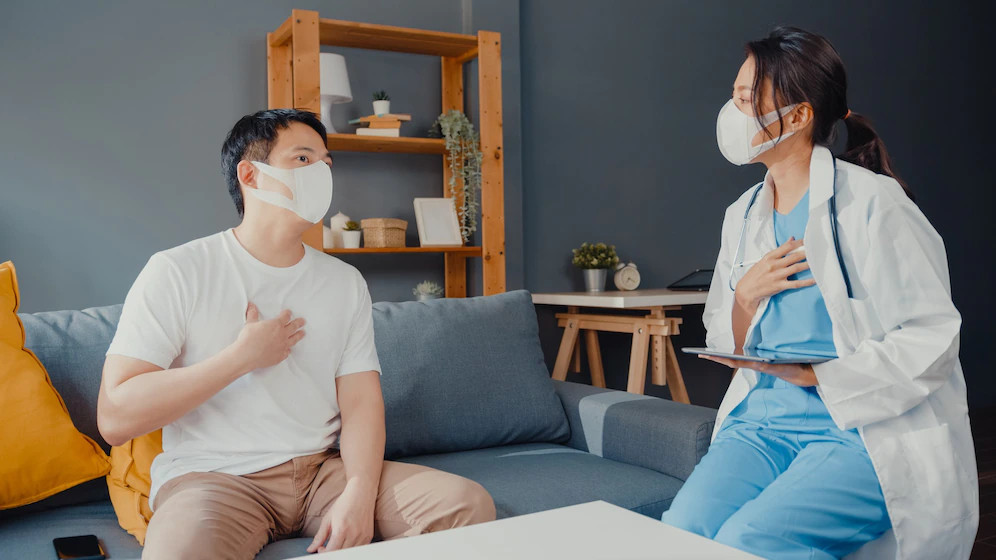Septic shock is an advanced stage of a medical condition called sepsis. Sepsis is the overreaction of the body to an infection, which can cause widespread inflammation in the body. If sepsis is not treated right away, it can lead to septic shock, a potentially fatal illness.
Septic shock essentially happens when an infection triggers an intense immune system reaction that alters the body and potentially harms important organs.
What causes septic shock?
Septic shock is the last stage of sepsis and can cause life-threatening conditions and death. Septic shock is more common in people with compromised immune systems, such as premature infants, the elderly, pregnant women, diabetics, kidney failure patients, people with low immune systems, such as those with HIV/AIDS, and people who have recently had chemotherapy.
Bacterial infections are the primary cause of sepsis in most cases. That being said, parasites, fungi, and viruses can also be triggers. It is possible for these infections to originate in various parts of the body, including the lungs, urinary tract, abdomen, skin, and other parts of the body. If the sepsis condition is not treated right away, septic shock will occur.
Initially, the infection may only be localized in one area of the body. Later, the infection will cause systemic inflammation as it travels throughout the body via the bloodstream.
What do the symptoms of septic shock look like?
Septic shock begins with sepsis, which is characterized by:
- Rapid heartbeat
- Fever
- Hypothermia
- Trembling or chills
- Warm, clammy or sweaty skin
- Confusion
- Rapid breathing
- Shortness of breath
When sepsis turns into septic shock, the symptoms will develop into:
- Very low blood pressure
- Dizziness
- Very little urination
- Heart palpitations
- Body that feels cold and looks pale
- Skin rash
Septic shock is a serious condition that requires immediate medical attention. This illness has the potential to be fatal if left untreated. Damage to the brain, lungs, heart, kidneys, tissue death, and finally death are all possible outcomes.
What should I do if I have septic shock?
Here's what to do if someone you know is exhibiting symptoms of septic shock:
- Immediately take them to the nearest hospital
- Avoid giving food or drink to prevent aspiration (entry of fluid or food into the lungs)
- Provide cardiac resuscitation (CPR) if possible while waiting for the ambulance to arrive
Please note that septic shock is a life-threatening condition. The survival rate when experiencing septic shock depends on the body's response to treatment, health conditions, and how quickly medical care is provided. Even after receiving the right medical attention, some people still experience life-threatening conditions.
Data suggest that between 30 and 40 percent of patients with septic shock survive. This is the reason why septic shock necessitates immediate hospitalization and cannot be treated at home.
If you need medical advice or consultation, you can either visit a doctor or make use of the consultation features that are available in the Ai Care application by downloading the Ai Care application from the App Store or Play Store.
Looking for more information about other diseases? Click here!
- dr Nadia Opmalina
Cleveland Clinic (2022). Septic Shock. Available from: https://my.clevelandclinic.org/health/diseases/23255-septic-shock
NHS Inform (2023). Septic shock. Available from: https://www.nhsinform.scot/illnesses-and-conditions/blood-and-lymph/septic-shock/
Mayo Clinic (2023). Sepsis. Available from: https://www.mayoclinic.org/diseases-conditions/sepsis/symptoms-causes/syc-20351214
Jessica DiGiacinto and Shannon Johnson (2021). Septic Shock. Available from: https://www.healthline.com/health/septic-shock
Mayo Clinic (2022). Hypothermia. Available from: https://www.mayoclinic.org/diseases-conditions/hypothermia/symptoms-causes/syc-20352682
Mayo Clinic (2022). Heart palpitations. Available from: https://www.mayoclinic.org/diseases-conditions/heart-palpitations/symptoms-causes/syc-20373196












